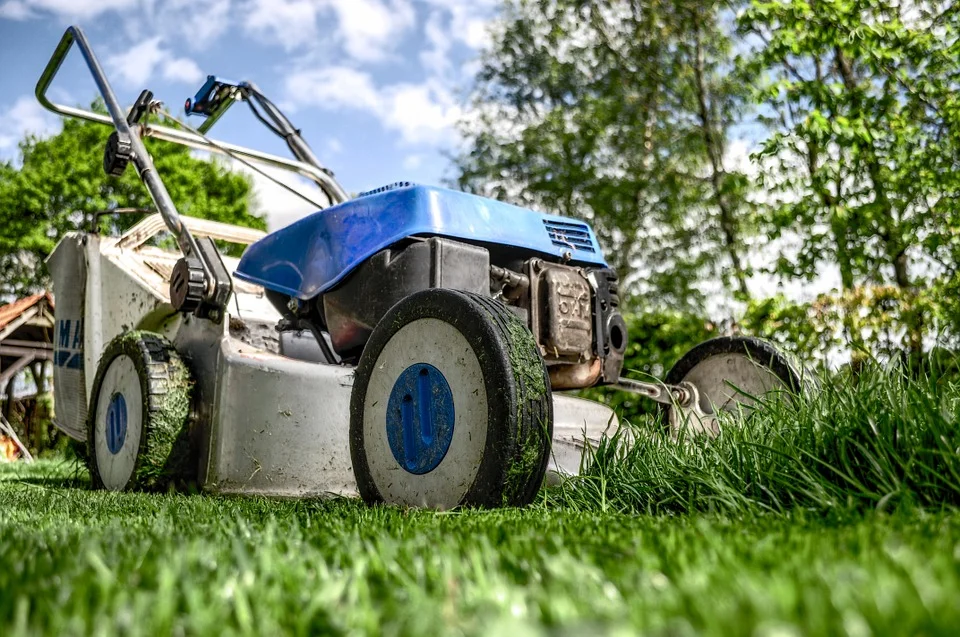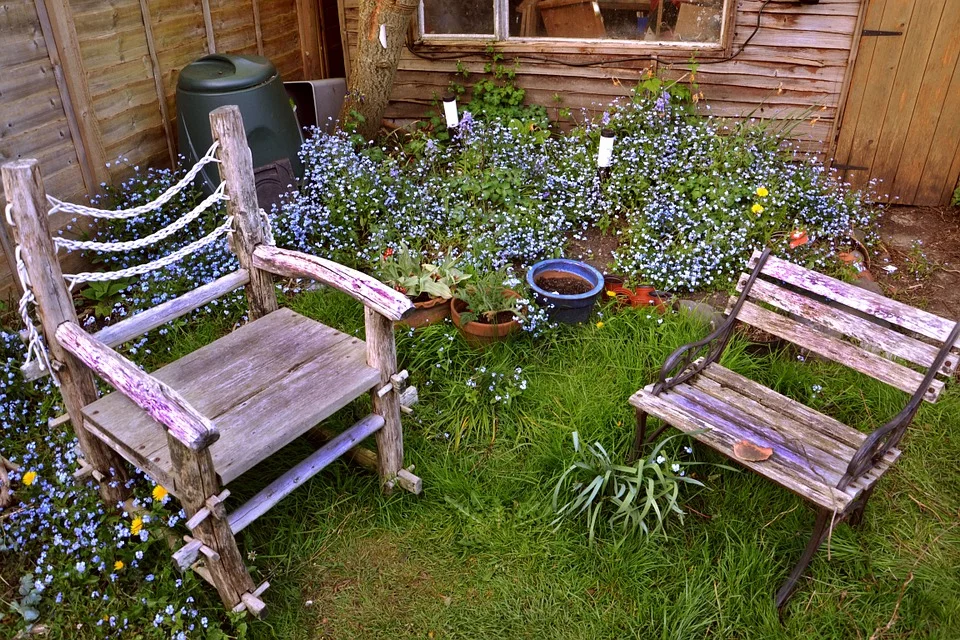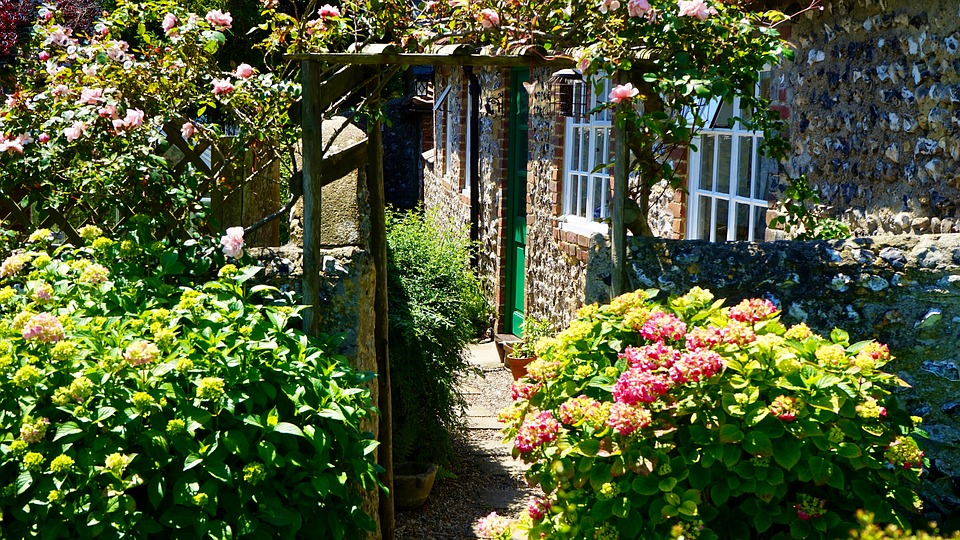The 5 Appliances In Your Home That Use The Most Energy, and Their Alternatives
RH Business Marketing Solutions
The 5 Appliances In Your Home That Use The Most Energy, And Their Alternatives
It is of utmost importance that every home be energy-efficient for many reasons.
First, an energy-efficient home will save you money since you’re able to maximize the energy used while wasting very little to none.
Second, energy-efficiency will make any home more comfortable to live in, especially under extreme weather conditions.
Third, an energy-efficient home has a higher resale value compared to one that isn’t. After all, no one wants to live in a house where they’d end up with skyrocketing utility bills.
Fourth and most important of all, an energy-efficient home helps the environment.
There are many different ways that you can do this. For instance, you can start by gardening in more energy-efficient ways, like collecting rainwater in a water butt. You can then use the rainwater to water your plants and lawn, instead of relying on tap water.
Dealing with your outdoor space is pretty easy and straightforward but, what about the inside of your home?
It can be challenging and sometimes expensive to make your home energy-efficient from the inside. However, it has to be done! You could start with the structure of your house, like locating areas of poor insulation. However, this can be a tough job, and usually involves having one of the different types of building survey carried out, making it a slightly bigger and more expensive job.
Instead you might want to start with a slightly easier route, and one good way to do this is by checking your appliances. Finding out which ones use the most energy and doing something about it will get you one step closer to an energy-efficient home.
Fridge-Freezer
This is probably the most commonly used appliance in any home. Without one, your food will spoil quickly, creating more waste. However, it’s also true that they are the most expensive (including operational costs) electrical appliances since they run 24/7. In fact, fridge-freezers usually account for at least 5% of a household’s annual energy bill.
Unfortunately, there is currently no alternative option to using a fridge-freezer. You can give up on using one if you really want to. However, that would mean frequent visits to the supermarket to buy exactly what you need.
Many people wouldn’t want to go that route so instead, see to it that what you’re using has an energy rating of at least A+ (A+++ is the highest).
Old fridge-freezers are power hungry which makes them not so ideal if you want an energy-efficient home. Other than that, you can also do the following:
Replace the rubber seal on the door as it’s prone to wear over time and can let warm air inside.
Place your fridge-freezer away from sources of heat such as the range, oven, or dishwasher.
Think carefully about what you need before opening the fridge-freezer. Frequent opening allows cool air to escape and warm air get in.
Don’t put too much stuff in your fridge as this means it will need to work extra hard to keep everything cool.
Familiarize yourself with what needs to be kept in the fridge and what doesn't.
Lighting
It is a no-brainer that LED lights cost much less compared to their traditional halogen or incandescent counterparts. The initial costs may be more for LED lights, however, being able to save up to 90% on your energy bills is not a bad trade.
In addition to using LED lights, installing solar lights in your outdoor space will save you even more money and make your home more energy-efficient. Do this, and you’ll reap the benefits of having solar lights in your garden in no time. What’s more, they’re cable free so you can put them wherever you want!
Energy-efficiency aside, solar lights are also good for the environment. Not having to rely on grid power to illuminate your outdoor areas means that you’re also reducing your home’s carbon footprint.
Heater
One of the biggest household expenses, especially during the colder months of the year, is the running cost of central heating. There are many different factors involved in calculating how much of your money goes into heating your home. However, regardless of what kind of heating system you use, it still adds up. Prices can range from £708 for oil, to nearly £2,000 for electric!
Unless you live in an area that uses renewable energy sources to keep warm, like biomass boilers, solar thermal panels, geothermal heating, you’ll have to make do with what’s available.
The good news is that heat pumps are considered extremely energy-efficient against other heating systems. It’s a device that works using a very small amount of electricity, and there are even reversible heat pumps that can keep your house cool during summer.
If switching to a heat pump is not possible, instead try having carpet or large rugs throughout the house instead of hard flooring. Carpets help to insulate each room, keeping them warmer and conserving energy during the colder months.
Additionally, go for pure wool carpet that’s chemical free. Amongst the many benefits of pure wool carpets is that they won’t ‘off-gas’, unlike standard carpets that are riddled with chemicals. This makes them ideal especially for people who suffer from asthma or other chemical sensitivity issues.
Tumble Dryer
Another electrical appliance that you need to be careful when using is the tumble dryer. Admittedly, using one is the easiest way to get your clothes dry. However, it does consume a lot of energy, especially if what you have is an outdated model.
So if what you’re using is an ancient tumble dryer that was passed down to you, don’t think twice about replacing it. An inefficient C-rated model will cost a lot more per load compared to one that’s A-rated.
Alternatively, use a clothesline whenever possible instead of a tumble dryer. It may not always be possible due to the weather, so planning ahead is essential. If a warm sunny day is forecast, take advantage of not having to use your tumble dryer to dry your clothes. The sun is free and efficient!
Dishwasher
A dishwasher is another appliance that’s found in most households. The convenience of not having to worry about the dishes after meals is what makes a dishwasher seem like a necessity. However, it uses a lot of water and electricity to operate that can cause your utility bills to go up.
The only alternative to using the dishwasher is hand-washing the dishes instead. Make sure to fill up a bowl instead of keeping the tap running, else you will waste a lot of water.
In cases where you have to use the dishwasher, make sure that you aim for a full load each time to save energy from multiple uses. However, be cautious not to overfill it, or you risk the dishes not being cleaned properly.
You can also switch to a dishwasher that has a high energy efficiency rating (at least an A). But if you’re not willing to do the switch, you can use the energy-saving feature that comes standard in all dishwashers. It might be a longer cycle but at least less energy is used in the process.
Make Use Of Alternatives
The worrying thing is that these 5 appliances are staples in most homes, meaning we could all be wasting lots of energy, natural resources, and money!
Switching to energy-efficient models and methods has never been more important, both for our pockets and the environment. Make sure you’re doing you bit to keep your costs down, and save the plant.
Guest Contributor, Kevin Hilton






